Saint of the Day – 14 June – St Basil the Great (329-379) – Bishop of Caesarea, Confessor, Father and Doctor of the Church, Theologian, Defender of True Faith against all heresies, outstanding Scholar, Preacher and Writer, he was filled with love and kindness for the poor and the sick, building a Hospital to assist the poor sick, Miracle-worker. Born in 329 at Caesarea, Asia Minor (modern Turkey) to the nobility, his was a pious family – his mother, father and four of his nine siblings, were Canonised, including Saint Gregory of Nyssa. Grandson of Saint Macrina the Elder. He died on 1 January 379 at Caesarea, Asia Minor of natural causes. Patronages – Cappadocia, Hospital Administrators, Monks, Reformers, Cessaniti in Italy, Russia.
The Roman Martyrology says of him today: “At Caesarea, in Cappadocia, the Consecration of St Basil, Bishop and Doctor of the Church, who was eminent for learning and wisdom in the time of the Emperor Valens. Being adorned with every virtue, he was a great light in the Church and defended her, with admirable constancy, against the Arians and Macedonians.”
St Basil the Great, Bishop of Caesarea,
Confessor and Doctor of the Church
By Fr Francis Xavier Weninger, SJ (1805-1888) (Excerpt)
St Basil, who is called by the Holy Church, the Great because he was truly so, not only in mind, eloquence and learning but also, in courage against the heretics, in zeal for the honour of God, in holiness and in miracles, was born in Cappadocia, of noble, rich but, at the same time, holy parents. He had three brothers who are also honoured as Saints. He studied the liberal arts at Csesarea, Constantinople and lastly at Athens: – in the last place he became acquainted with St Gregory Nazianzen. St.Porphyrius, who was superior of a Convent in Egypt, instructed him in Holy Writ.
After this, he visited the holy places and was on his return, Ordained Feacon by Bishop Meletius at Antioch and began to preach in that City and afterwards continued at Cassarea, not only with the fame of great wisdom but also, with indescribable benefit to his hearers. At the latter place he was Ordained Priest. When he, however, perceived that even the Bishop became jealous of him on account of the great reputation which he gained by his sermons, he fled secretly to a desert in the land of Pontus. There he lived several years with his friend Gregory, occupied in the study of Holy Writ, praying, fasting and watching. Many came to him, desirous to live more piously. The rules he gave them to regulate their conduct, were by no one kept more punctually than by himself. He also instructed the heathen inhabitants, of the surrounding places, in the true faith and converted many of them.
Some years later, Valens, an Arian, ascended the imperial throne and persecuted the Catholics most cruelly. When St Basil was informed of this, he left the desert, repaired to Cassarea, fearlessly opposed the heretics and strengthened the Catholics in their faith. Meanwhile the Bishop of that City died and Basil, much against his inclinations, became his successor. Invested with this dignity, he changed nothing in the austerity to which he had been accustomed while living in the desert but he used the opportunities offered to him, to be still more kind and charitable to the poor. A terrible famine took place at that time, by which many lost their lives. The holy Bishop sold all that he possessed and divided the money among the poor and exhorted others, in his sermons, to be charitable to the needy. The sick he nursed with admirable humility, in a hospital which he had built for them. He hesitated not ,to give them food with his own hands and to wash and bandage their wounds. But notwithstanding all these acts of pious kindness, he neglected not to combat the Arians, both with tongue and pen and to guard his flock from their ravages.
Valens, the Emperor, sent one of his chief officers to Caesarea to induce the Saint to join the Arians, or else to drive him out of the City. Modestus, the imperial officer, summoned Basil into his presence and addressed him haughtily, in the following words: “Why do you not comply with the Emperor’s wishes and confess yourself to belong to his faith?” Basil fearlessly replied: “Because the Lord, my God, Who is infinitely greater than your Emperor, forbids it.” “Do you not fear then,” said Modestus, “the power and wrath of the Emperor? He can deprive you of all your possessions, drive you from your country, make you suffer and languish and even take your life.” The holy man answered: “Whosoever possesses nothing, fears not that anything can be taken away from him. My Country is Heaven, out of which you cannot drive me. You cannot make me suffer long, as my body is so weak that his first blow will destroy my life. Death will be a favour to me, for it will bring me sooner to my God.” Modestus, astonished at the boldness of this answer, said: “Nobody has ever dared to speak to me in such a manner.” “This may be the case because you have never spoken to a Bishop,” said Basil; “for in cases like this, all Bishops speak as I do.” “I will give you this night,” said Modestus, “to consider the wishes of the Emperor.” “And I shall be the same tomorrow as today,” replied Basil, as he went away.
The Emperor himself was filled with admiration for the Saint, when he was informed of what had taken place but the heretics left him no peace, until he gave orders that Bishop Basil should be placed in a carriage during the night and secretly carried away. Everything was in readiness to execute the Emperor’s command, when suddenly the Empress and her son, a very young child, became dangerously sick. The physician despaired of their lives and the Emperor, thinking it was a punishment sent by God because of his evil intentions against the holy Bishop, sent hastily to him to request earnestly, that he would obtain from God the health of the mother and the child. Basil promised to comply with his wish, on the condition that the Emperor would promise, that the child should be Baptised and educated in the Catholic faith. The Emperor consented, Basil prayed and the Empress and the Prince entirely recovered in the same hour. Hardly, however, had the Saint left the Emperor, when the latter, breaking his promise, had the child christened by an Arian bishop but he was almost immediately punished, for the Prince became sick again and died!
Some time later, the Emperor, again incited against the Saint intended to banish him but when he sat down to sign the order, the chair suddenly broke under him. He rose, took three pens, one after the other but was not able to write his name. None of them gave any ink but all split in his hand, which itself began to tremble and lose all life. Hence, he tore the order and left the Saint undisturbed. Many other miraculous events took place in regard to this holy Bishop, to relate all of which, would occupy too much space; as also all the labour he performed for the salvation of his flock and to the benefit of the whole Church. Neither can we relate how much he wrote in defence of the True Faith, how valiantly he opposed the heretics, how carefully he guarded the faithful. To a steward of the Emperor, who dared to dispute with him about articles of faith, he gave an answer, which, by a slight change, would serve very well in our days, for many who deem themselves wiser than they are. “Your office is,” said he, “to attend to the soup in the kitchen and to see that it is not too much salted but not ,to dispute about articles of faith.“
St Ephrem saw the Holy Ghost in the form of a dove upon the shoulder of the Saint, whispering to him what to preach or to write. A Jew, who had crept secretly into the Church during Holy Mass, saw a beautiful child in the hands of the Bishop, when he raised the Consecrated Host, which miracle caused him to embrace Christianity. With another Jew, who had considerable medical knowledge, the Saint had frequent conversations in the hope of converting him to Christ. When Basil became dangerously sick, he called the Jewish physician into his presence and asked him what hope there was of his recovery. The Jew answered; “There is no hope – this very evening, the bishop will be a corpse.” “But what would you say,” said the Saint, “if I should still be alive tomorrow?” “It is impossible,” was the Jew’s reply; “if that should happen I will become a Christian.” “I will remind you of your promise,” said Basil and turning his heart to God, he prayed fervently that his life might be prolonged for the conversion of the Jew. And in fact, on the following day, the holy Bishop arose from his bed entirely recovered. The Jew came, saw the miracle and being already sufficiently instructed in the Christian faith, was led by the Saint into the Church and amidst a crowd of people, Baptised with his whole family. This being accomplished, the Saint returned to his bed, his sickness re-appeared and a happy death soon ended his earthly pilgrimage.
Before his end, he exhorted all present to remain constant in the true faith and zealous in the practice of virtue. After this, he saw a Host of Angels, who invited him to enter Heaven. His last words were; “Into Thy hands, O Lord, I commend my spirit.” His happy death took place in the year of our Lord 379.

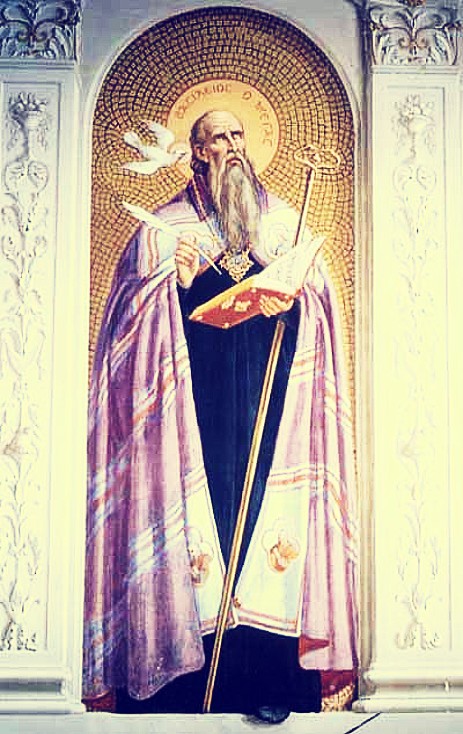
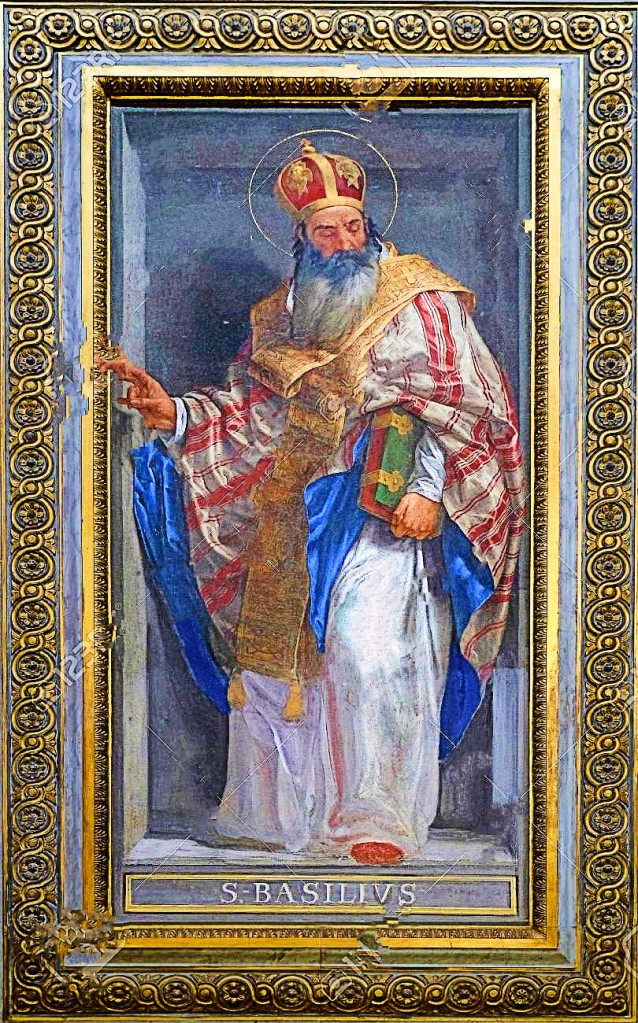
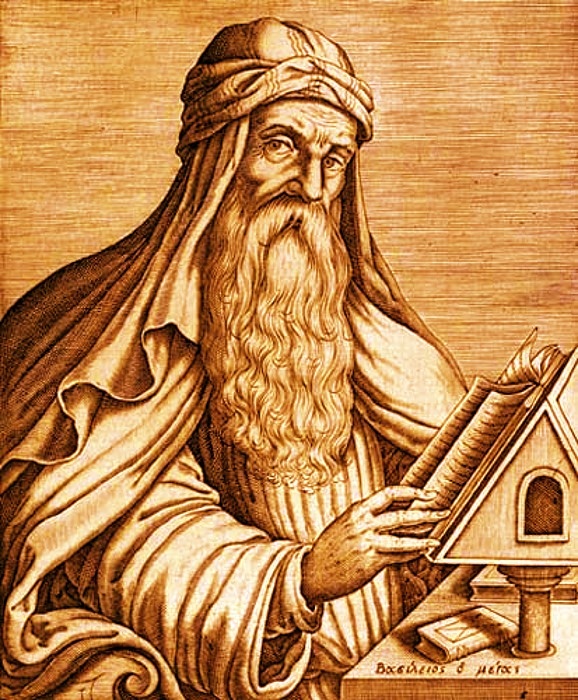
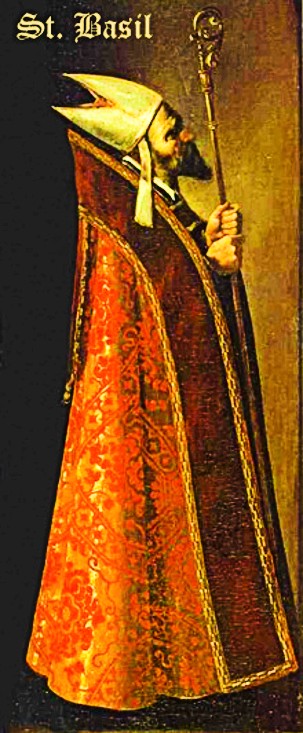









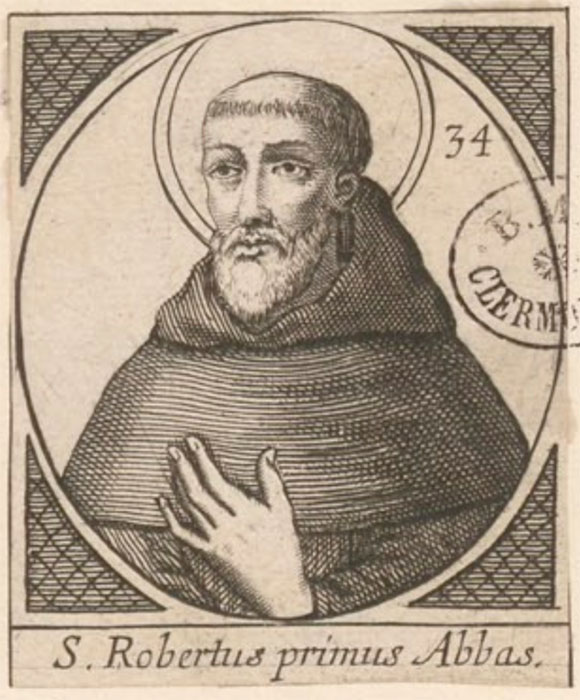








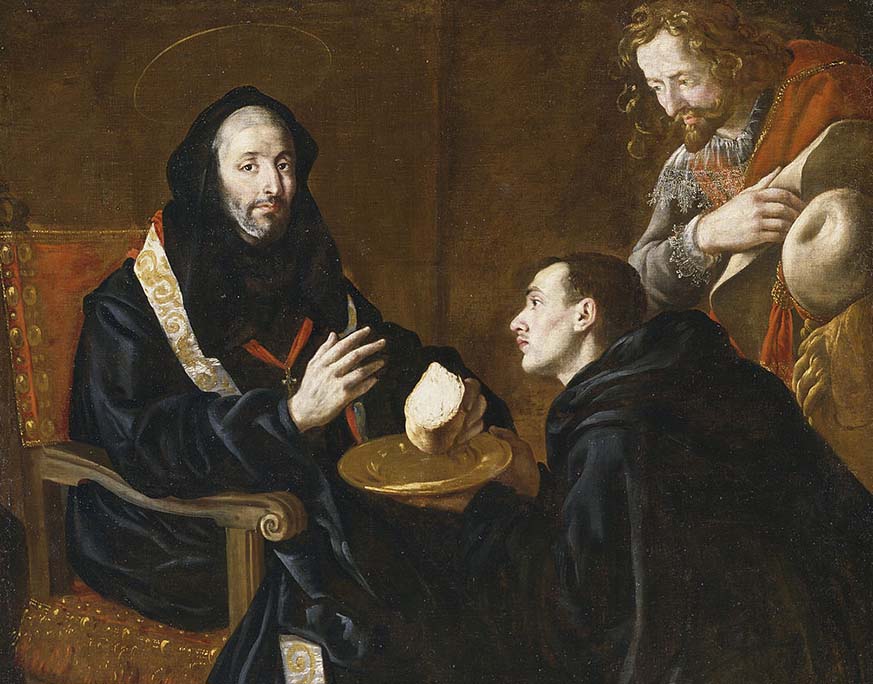




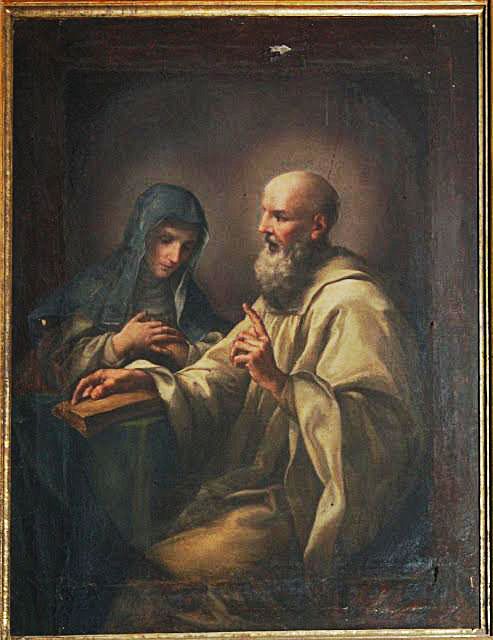











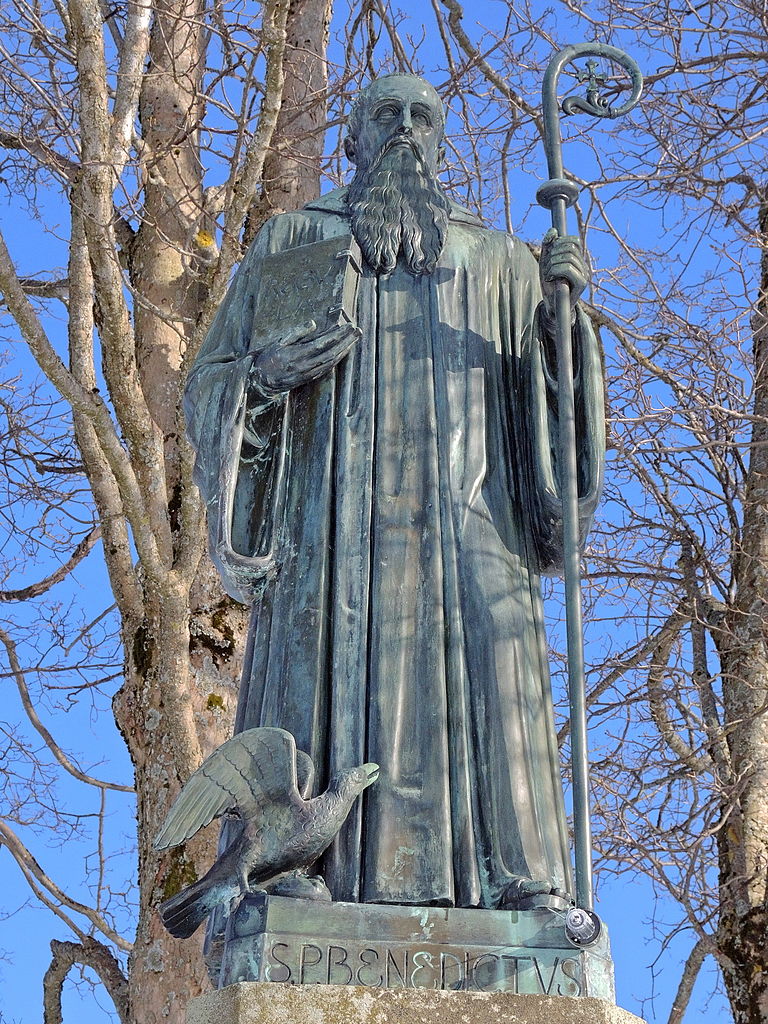
You must be logged in to post a comment.